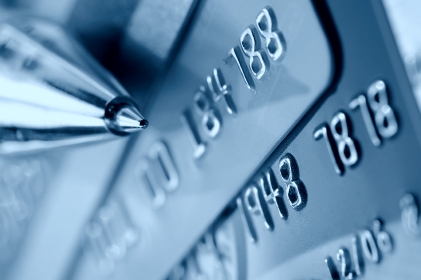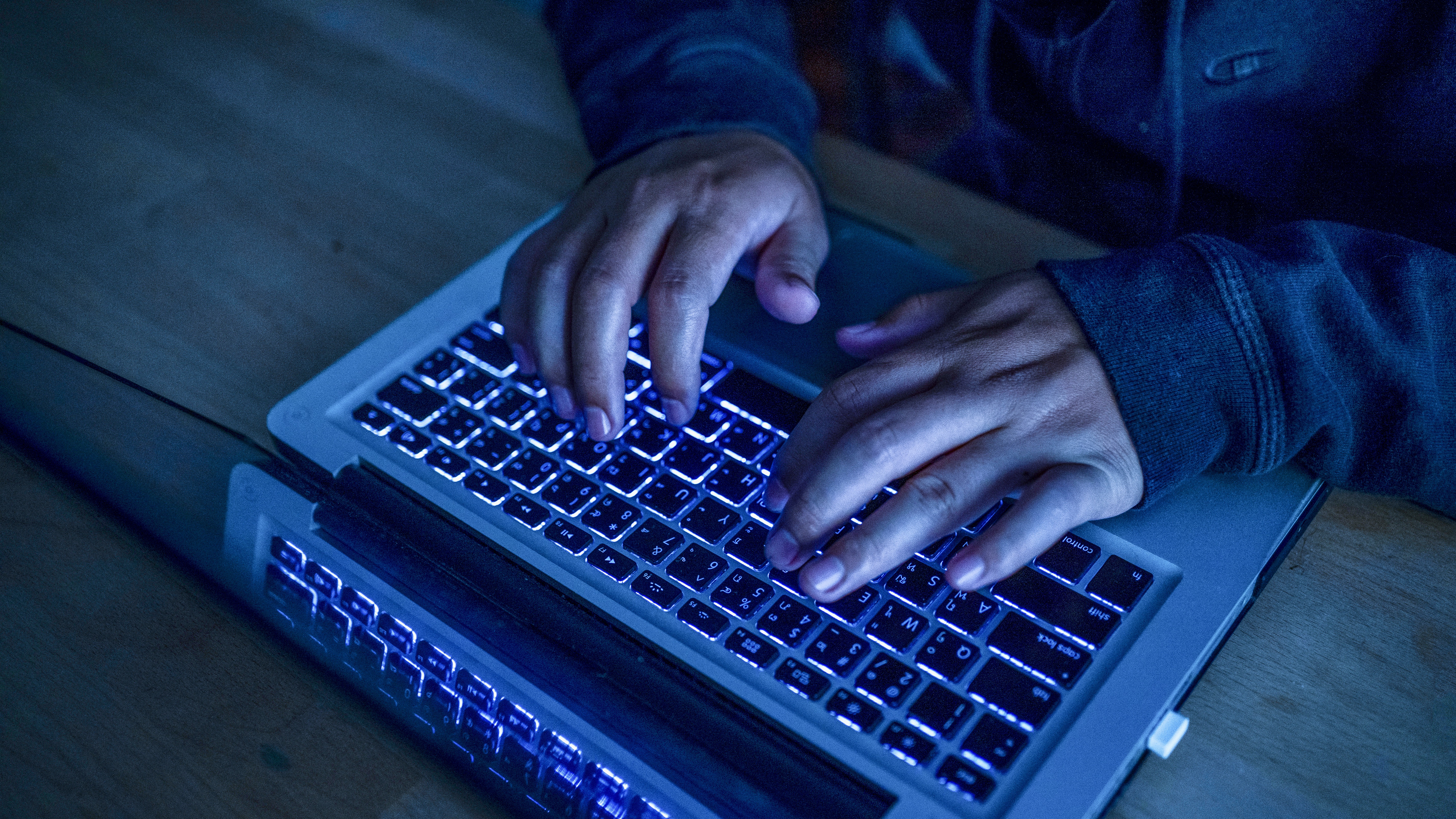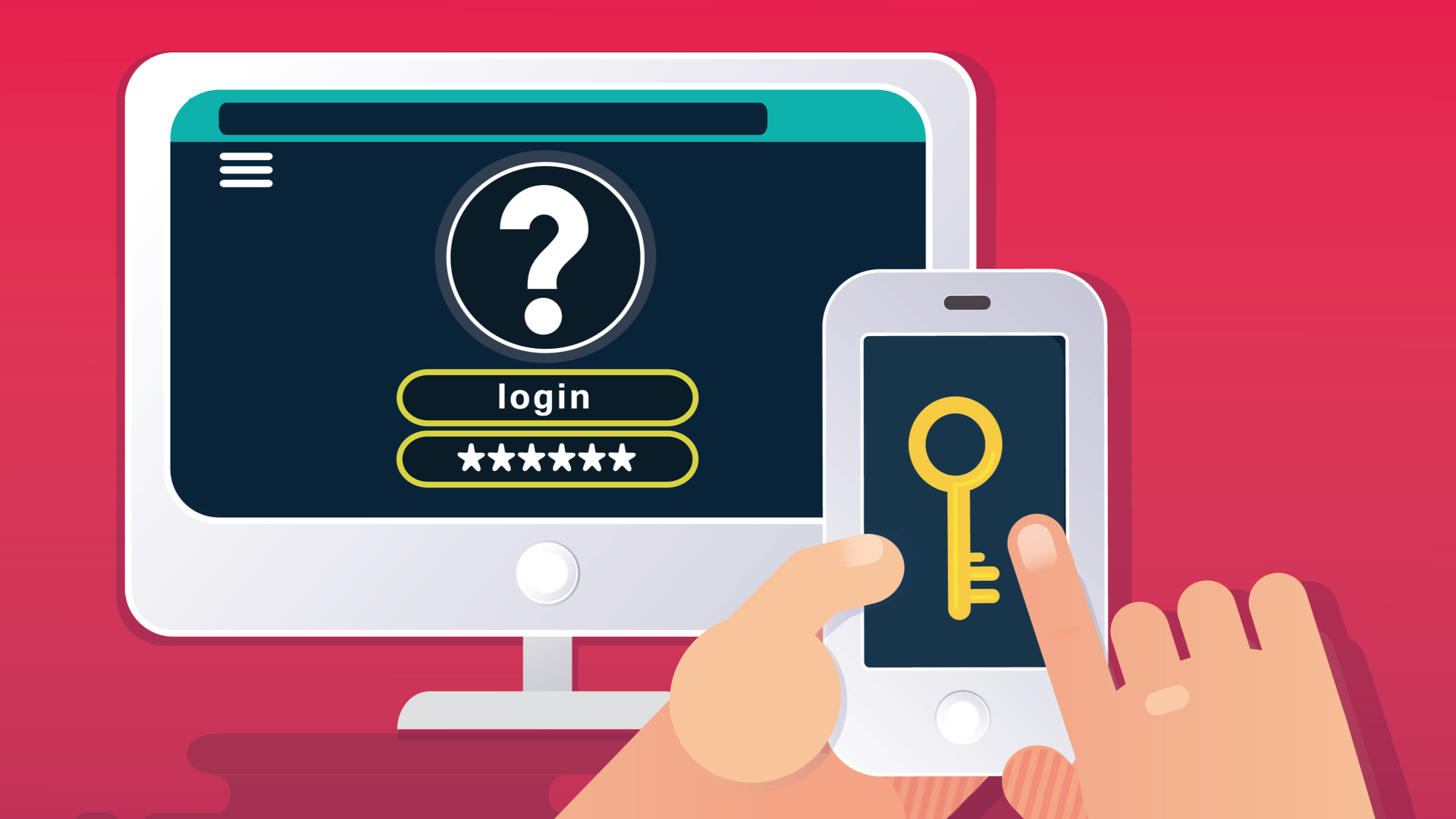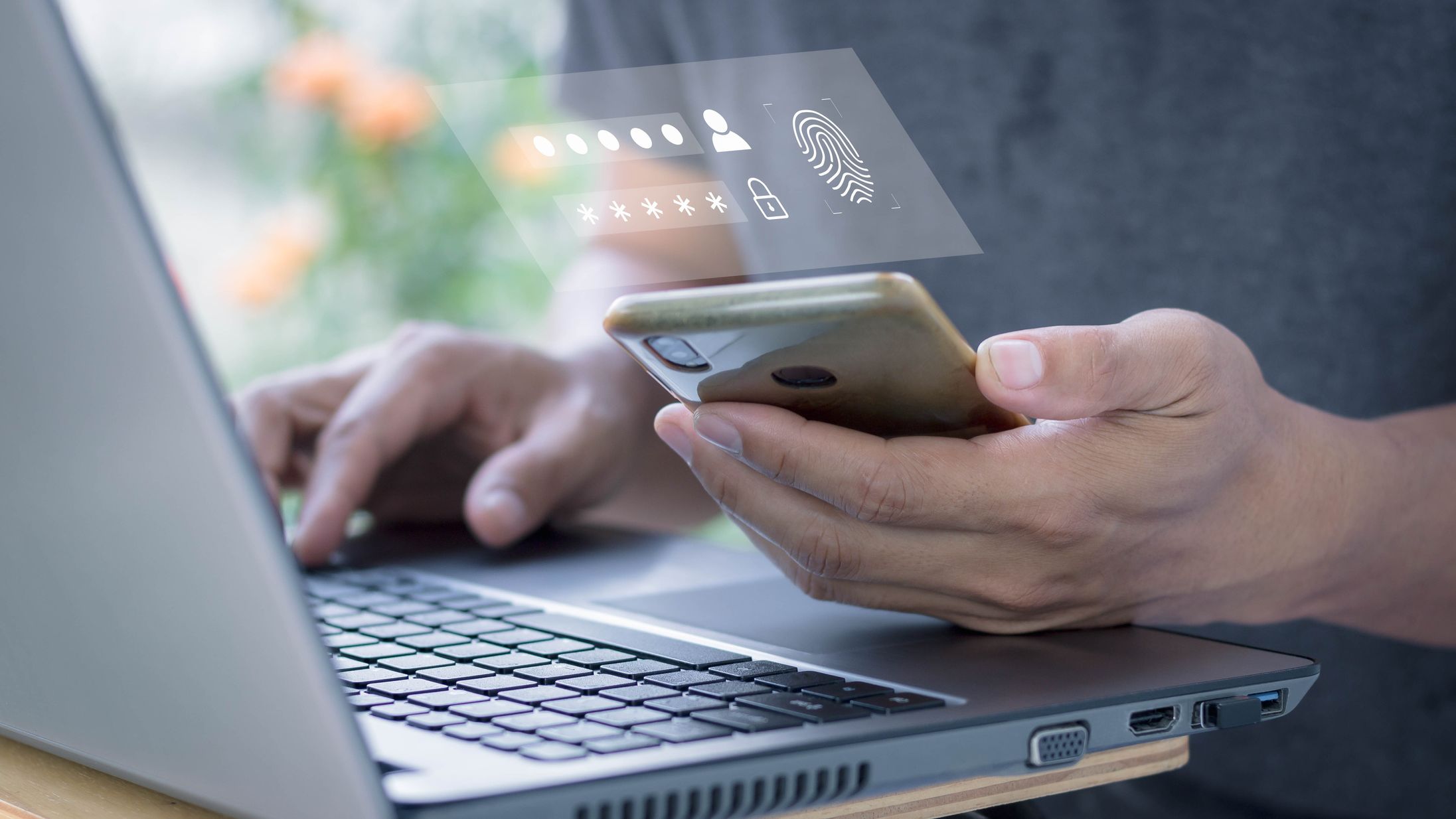Analysis: How chip and PIN led to contactless cards
It's the third anniversary of Chip and PIN, so IT PRO explores the potential of the tech behind the card chip.

This weekend marks the third anniversary of the rollout of chip and PIN across the UK.
Although the chip and PIN payment system has had its problems and isn't foolproof, it's generally thought that the extra authentication makes it more difficult for criminals to carry out card fraud.
But technology has moved in the past three years, and chip and PIN is now being used in new ways in addition to cash machines and face-to-face transactions. The banking industry has already started to implement ways of using the security of chip cards against online fraud by using dynamic passcode authentication'.
Some online shoppers may already be familiar with how such authentication works with both e-commerce and telephone ordering, as well as online banking.
Banks like Barclays, Nationwide and the Royal Bank of Scotland give customers their own card readers, which carry a smartcard slot, a keypad, and a display.
Customers insert their chip and PIN card into the reader and are given a one-time code to enter into the website or use over the phone. This strengthens security because it offers two-factor authentication, as both the card and a valid PIN need to be present in order for the transaction to proceed.
Contactless Cards
Get the ITPro daily newsletter
Sign up today and you will receive a free copy of our Future Focus 2025 report - the leading guidance on AI, cybersecurity and other IT challenges as per 700+ senior executives
Some systems are taking the opposite tactic, and not requiring customers to enter a PIN at all. Using certain contactless card systems for anything costing 10 or less, all users need to do is wave the card at a reader with a ripple' symbol, and the transaction is done automatically without any input - very useful for buying food or small items.
Organisations such as Barclays have already released contactless cards such as the Barclaycard OnePulse, which offers an Oyster card, credit card and contactless capability all in one go.
The Oyster card is already quite familiar to Londoners, but with smaller purchases you are able to use the contactless technology in shops throughout London, including Books etc, Yo Sushi and Coffee Republic.
Contactless cards are secured by the same technology that underpins chip and PIN. Contactless payments don't need the PIN to be entered as standard, but from time the terminal asks the user to undertake a full chip and PIN transaction.
This should deter fraud if the card is lost or stolen, by re-affirming the cardholder is present. Contactless cards also won't have to be charged' like pre-pay Oyster cards funds will be simply debited from your account.
Last month, Barclays said it would be the first bank in the UK to use debit cards for contactless payment systems from March, in as many as three million wallets and purse next year.
The future for mobile banking
After contactless cards, transactions on mobile phones could be the next step thanks to a wireless technology called Near Field Communications (NFC), which can be integrated in mobile devices.
It's a simple extension of contactless card technology which combines a smartcard and a reader in a single device. It's also compatible with existing contactless infrastructure already in place. Last year, O2 conducted trials of the technology, which makes it possible for mobile phones to be used as digital wallets'.
In these recession hit days, where retailers have bigger priorities such as day-to-day survival, it may be quite a while before we really see what the technology behind chip and PIN can really do, but it seems clear that the technology will be widespread soon.
-
 AI is helping bad bots take over the internet
AI is helping bad bots take over the internetNews Automated bot traffic has surpassed human activity for the first time in a decade, according to Imperva
By Bobby Hellard
-
 Two years on from its Series B round, Hack the Box is targeting further growth
Two years on from its Series B round, Hack the Box is targeting further growthNews Hack the Box has grown significantly in the last two years, and it shows no signs of slowing down
By Ross Kelly
-
 Microsoft Authenticator mandates number matching to counter MFA fatigue attacks
Microsoft Authenticator mandates number matching to counter MFA fatigue attacksNews The added layer of complexity aims to keep social engineering at bay
By Connor Jones
-
 As Google launches passwordless authentication for all, what are the business benefits of passkeys?
As Google launches passwordless authentication for all, what are the business benefits of passkeys?News Google follows Apple in its latest shift to passwordless authentication, but what are the benefits?
By Ross Kelly
-
 There's only one way to avoid credential stuffing attacks
There's only one way to avoid credential stuffing attacksOpinion PayPal accounts were breached last year due to a credential stuffing attack, but can PayPal avoid taking responsibility?
By Davey Winder
-
 Google Authenticator 2FA update accused of making service less secure
Google Authenticator 2FA update accused of making service less secureNews Lack of end-to-end encryption in code backup has some developers worried
By Rory Bathgate
-
 Five things to consider before choosing an MFA solution
Five things to consider before choosing an MFA solutionIn-depth Because we all should move on from using “password” as a password
By Rene Millman
-
 What is multi-factor authentication (MFA) fatigue and how do you defend against attacks?
What is multi-factor authentication (MFA) fatigue and how do you defend against attacks?In-depth Strong authentication is key to security, but it needs to be properly managed to avoid MFA fatigue
By Sandra Vogel
-
 Beyond Identity strikes up strategic partnership with World Wide Technology
Beyond Identity strikes up strategic partnership with World Wide TechnologyNews WWT will implement Beyond Identity’s authentication platform internally while also acting as a global channel partner
By Daniel Todd
-
 Implementing strong authentication across your business
Implementing strong authentication across your businessIn-depth Strong authentication is hugely important, but implementing any regime at scale is not without its challenges
By Sandra Vogel